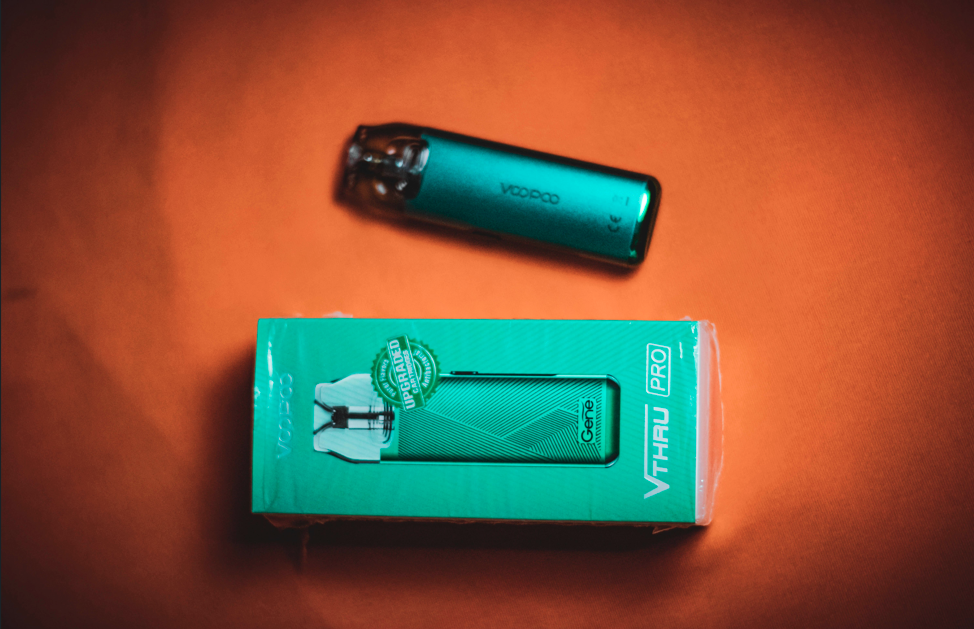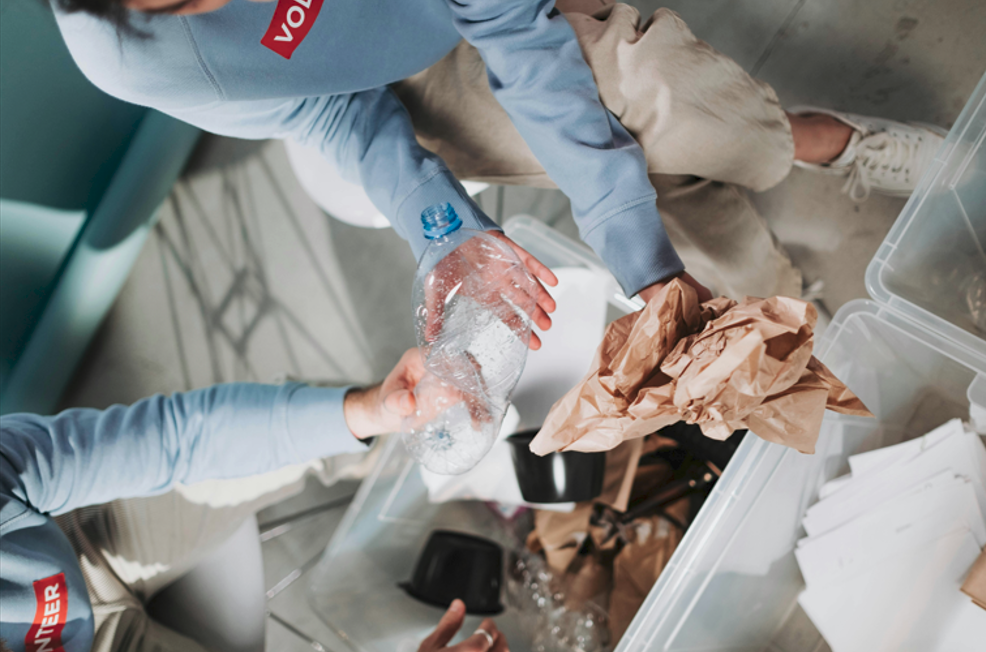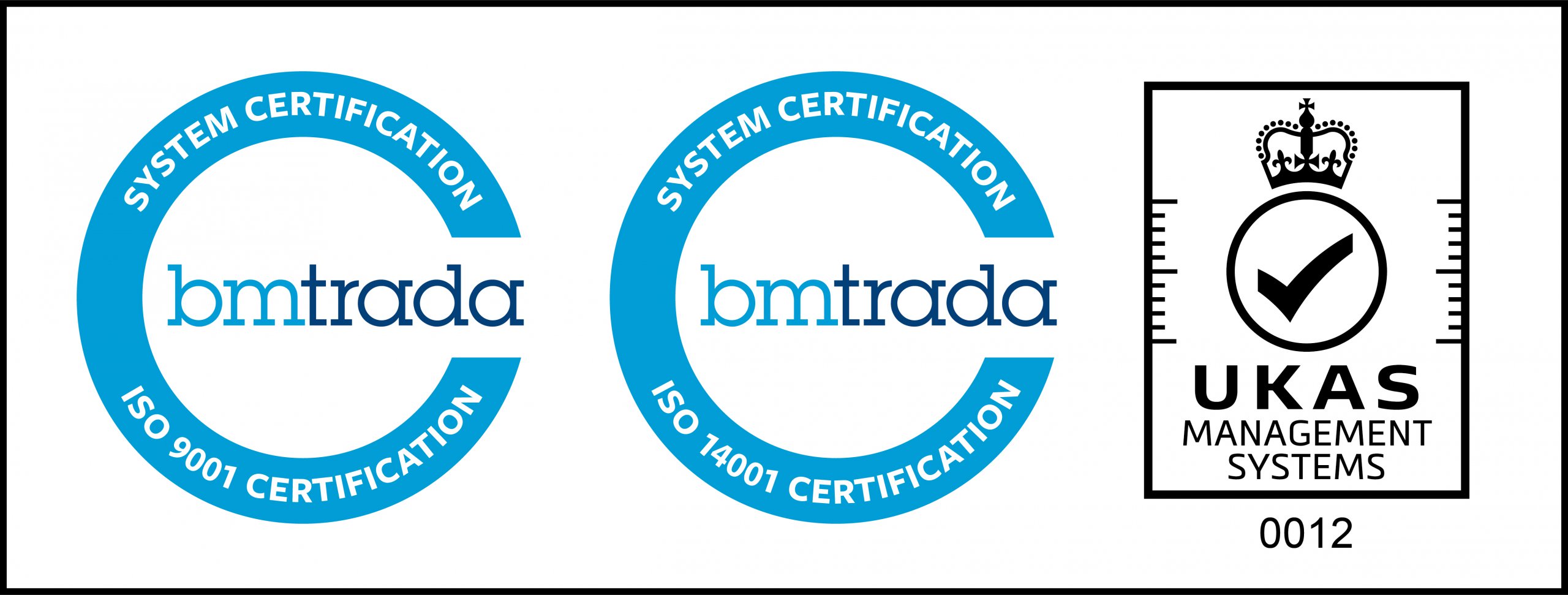New ideas and innovative approaches to delivering waste and recycling services in South East England have saved at least £21.5 million according to a study of councils in the region.
The findings come in the latest report from Local Partnerships which works with the Local Government Association and HM Treasury to study and advise on local authority waste and recycling activities, contracts and infrastructure.
Published in May, the report also includes a look at a number of local authorities who have carried out initiatives to boost the recycling of WEEE.
It notes that while South Oxfordshire and Vale of White Horse District Councils took the decision to remove the majority of bring sites, they chose to keep seven Waste Electrical and Electronic Equipment (WEEE) banks to ensure collection of items.
Bracknell Forest borough council has seen the continued positive impact of its Recycling Incentive Scheme, which originally began life as a two-year trial scheme funded by Defra in 2013. The scheme uses the authorities existing technology and residents earn points for their recycling which can be redeemed online to pay for activities or items.
Through the scheme there are opportunities throughout the year to earn bonus points through recycling specific waste streams such as WEEE or textiles. Over 14,600 residents are scheme members and participation in recycling has increased from 75% to 88%. The cost of maintaining the scheme is considered to be low and the contractor contributes 50% of the cost to good causes.
The report also says that Involving crews and taking their guidance on operational changes can be invaluable. Guildford Borough Council found that while changing the collection service to allow previously fortnightly materials to be collected weekly, the crews adopted a simple way of separating the materials that was very different to all the options the council investigated for the segregation.
WEEE and textiles were originally collected fortnightly in alternative weeks and placed into a cage on the underside of the vehicle. Batteries were placed into the carrier bags of one of the others and then removed when the vehicle was emptied. This space had to be shared when the crews were collecting the materials on the same day.
The crews made additional checks on them and used a lidless food waste caddy within the cage to store batteries. The report said that “this simple and effective solution avoided the need for investment from the council in storage containers and facilitated the mixed collections while remaining operationally effective.”

















